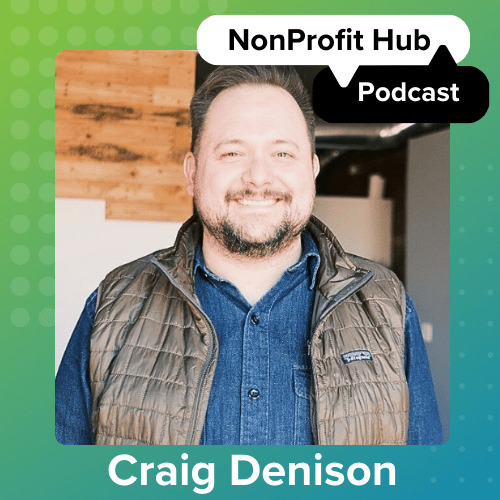It’s time to get down and dirty about your social media strategy.
Between doing freelance social media and the time that I’ve spent at Nonprofit Hub as Social Media Strategist, I’ve learned quite a few things about my trade that are important if you want your social media to be the best it can be. This article is part one of a two-part social media guidance series. (For this article’s purposes, you should know that “Tl;dr” means “Too Long; Didn’t Read” and follows with what the previous section said in a nutshell.)
I’m refraining from calling this two-part series a party. So you’re welcome for not trying to think up some half-clever, cheesy copy about how this is in some way a party. Anyway, here’s what I’ve learned.
To Schedule, or Not to Schedule?
This seems to be an age-old question about content management. People go back and forth all the time on whether their voice on social media should be posted organically in real-time, or if they should schedule out content days or weeks in advance. My answer is that both options are correct.
In the nonprofit sector, we don’t always have the time or resources to be posting multiple times per day and we need to put some of the content on autopilot. That’s okay. Finding quotes, articles and photos to schedule out is fine, but it is ever so important to be real whenever possible. Your audience wants to talk to you, not a robot. Say something only if you have something to say.
Interacting with your audience requires you to be on top of notifications so you can engage. Additionally, posting things that are happening in your organization as they happen helps you showcase your culture and passion for your mission.
Tl;dr: Everything in moderation. Just be relevant to your audience.
Get Your Team Involved
There might be one person in charge of social media, but you must get your whole team involved. Ask for ideas on content, get suggestions on topics, wording and photos to post.
By putting social media in the back of everyone’s mind, it gives them the ability to have have an active voice in what is pushed out, and makes a huge impact on grasping the voice of your entire organization. To put it into perspective, a rule of thumb for graphic design is to not design alone. Social media strategy is no different.
Once the content is published, keep your team in the loop on how you are tracking on your numbers and analytics. If you’re not tracking your numbers, you should be. And your entire team should be included. Social media is something to get excited about and seeing growth month to month fuels the fire and will naturally improve your content and keep whoever is in charge of social media accountable
Tl;dr: Two heads are better than one.
Let Your Feed Fill You Up
Often times I find myself getting wrapped up in searching for awesome content to share on the interwebs; browsing Alltop or making random Google searches about articles that I think my audience would like to hear. I get so deep into the hunt for content that I can forget that there are feeds constantly updating with people sharing content right in front of my face. Whether it’s Twitter, Facebook or another site, you can utilize your feeds to educate your audience.
Favoriting, retweeting, liking and commenting on the things that other people or organizations are posting will build the human aspect of your accounts and help you establish connections and ultimately gain followers spreading your reach to new tribes.
Tl;dr: Make life easier and share content the right way in your social feeds.
Social media doesn’t have to be hard. It’s just creating relationships with people through a different medium. There’s not just one way to do it, but there are some best practices to make life easier and to be a lot more successful.
If you found this to be helpful, check out Social Media Through a New Lens, Part 2.






